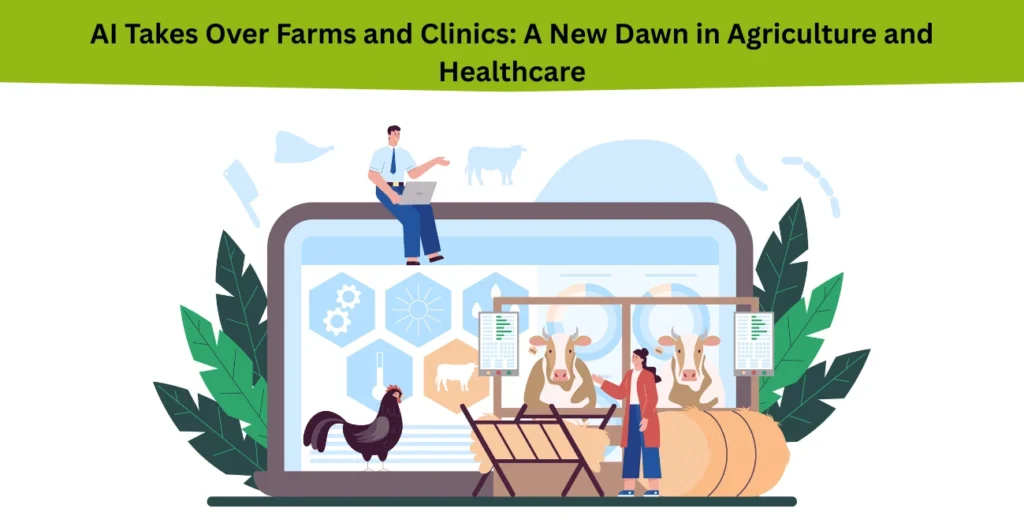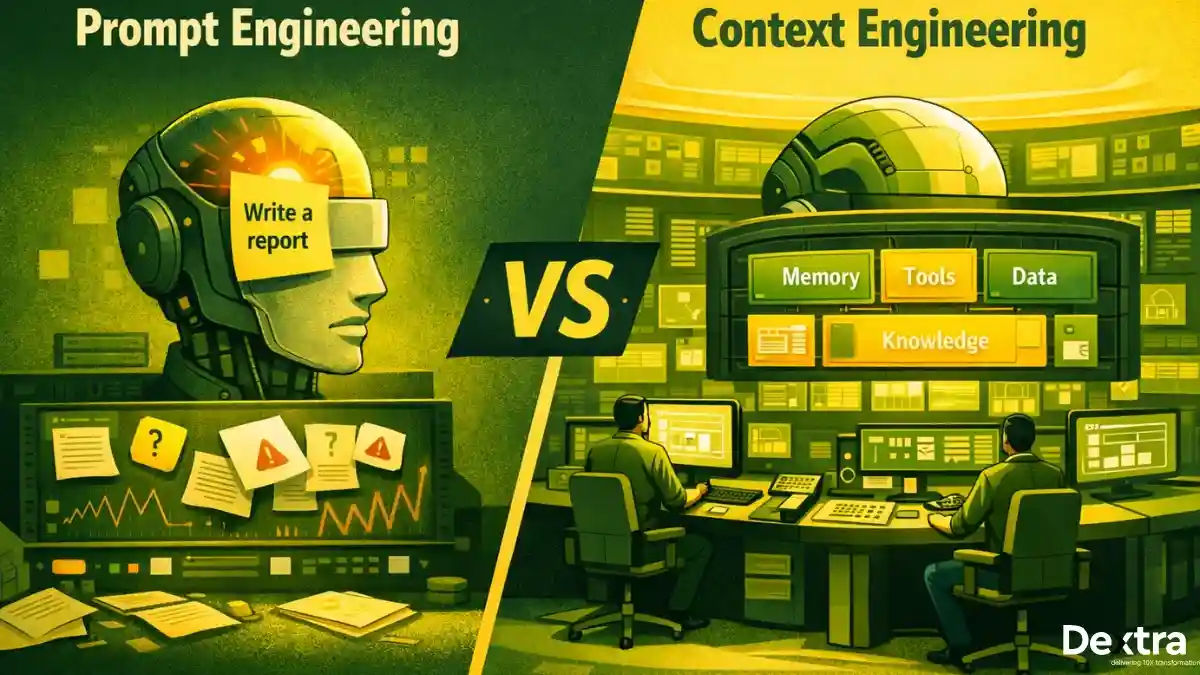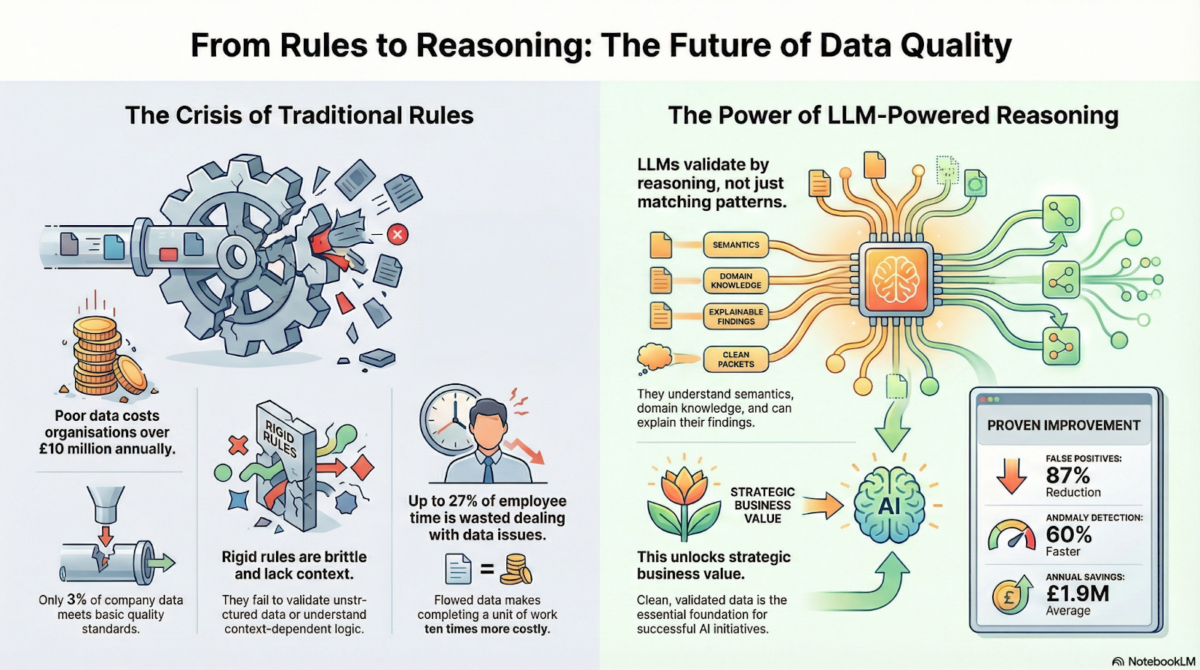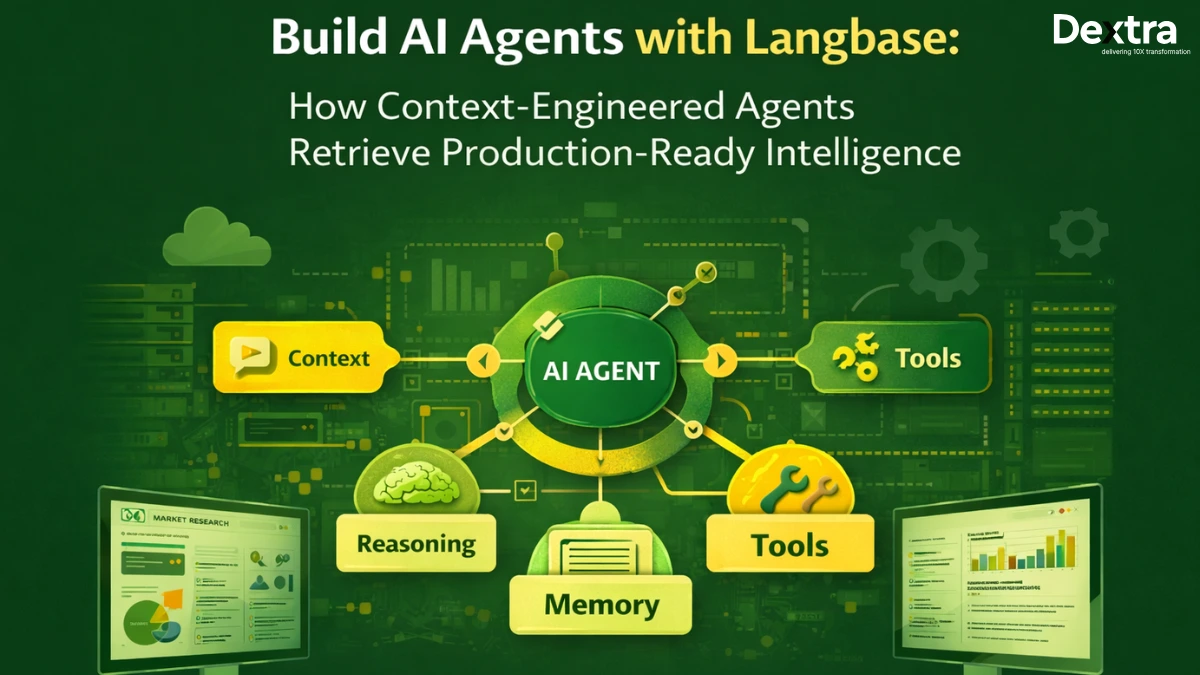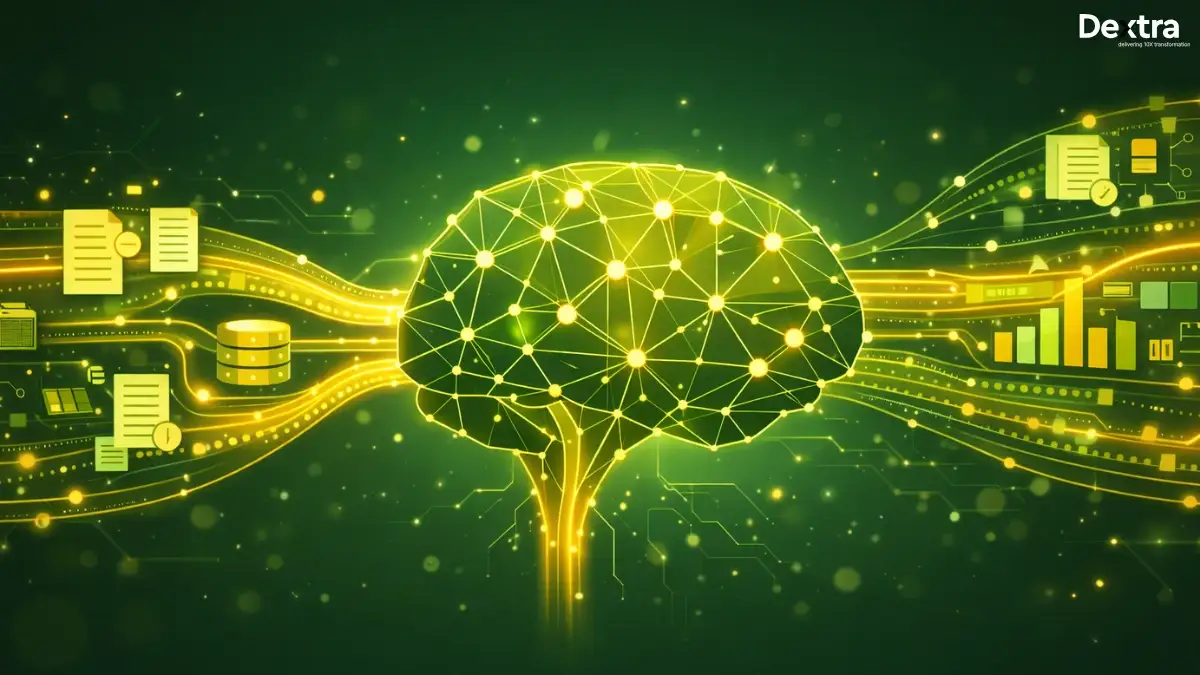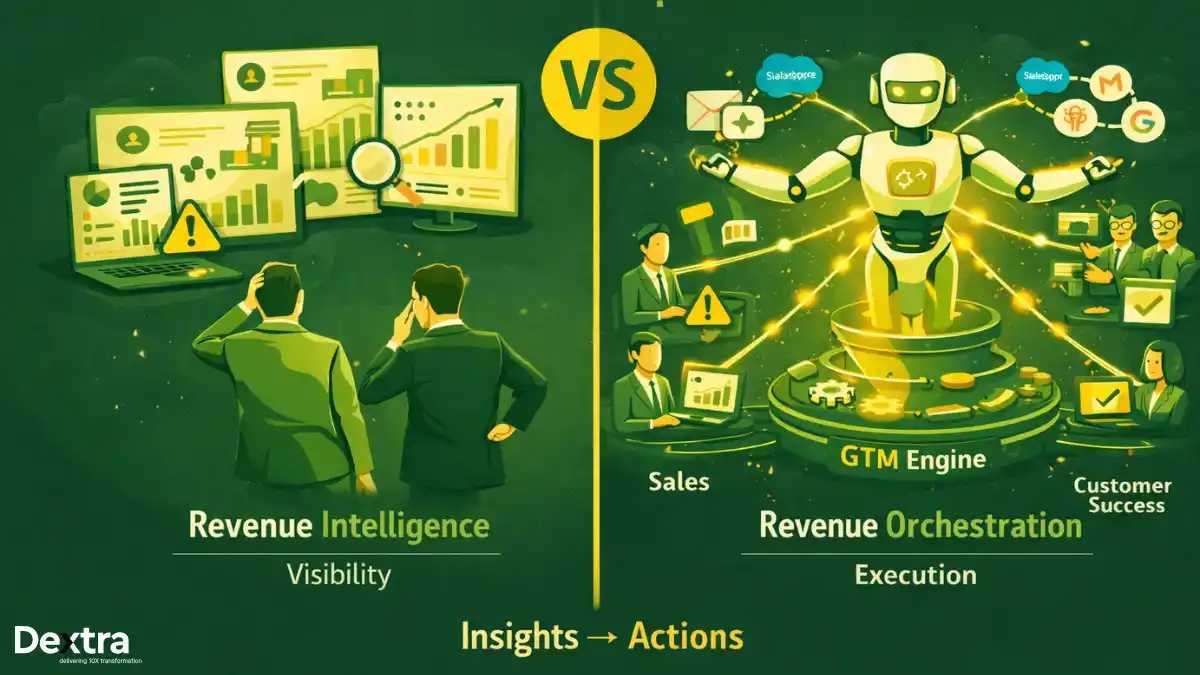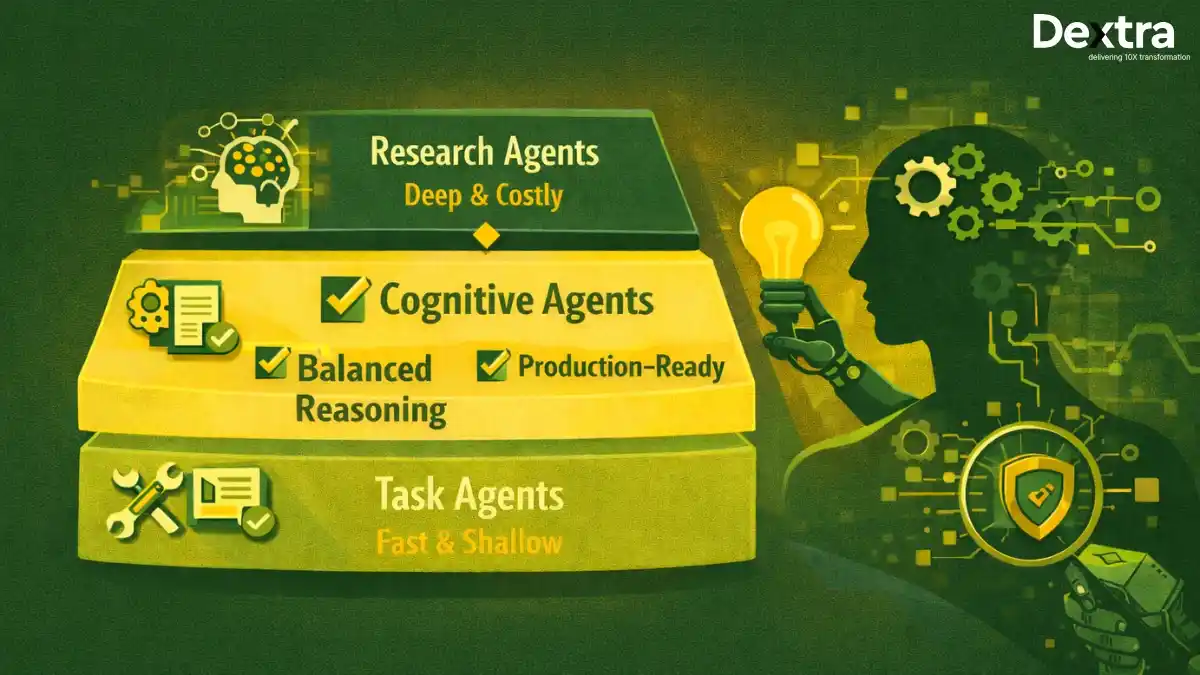Artificial Intelligence is not science fiction or future predictions – it’s here, dug in the soil of our farms and systems in our hospitals. From planting and growing seeds to diagnosing illnesses, AI is revolutionizing the two most basic pillars of human civilization – agriculture and healthcare.
On farms, AI is helping farmers cultivate more crops with less effort. In hospitals and clinics, it is helping doctors to detect diseases faster and more accurately. According to a report from the Boston Consulting Group shows that AI is increasing farm productivity by 8% and making big improvements in how doctors diagnose patients.
These changes show that AI is a powerful tool for both worlds. AI does not (and hopefully, will not) take the place of humans, but rather, it allows humans to do things better, faster, and more effectively. This is just the start of a new era in how we grow food and maintain our well-being.
From Soil to Silicon: How AI is Cultivating the Future of Farming
The Growing AI-Powered Revolution in Indian Agriculture
India’s farming industry is big and growing fast. In 2023–24, India’s agricultural exports reached $50.2 billion, showing just how important farming is to the country’s economy and global food supply.
But today’s farmers face tough challenges. Climate change is making weather harder to predict. At the same time, the world’s population is expected to grow to 9.7 billion by 2050, which means we’ll need to produce more food using fewer resources. AI offers smart, efficient tools that can help solve these problems right from the field.
AI Tools Sprouting in the Fields
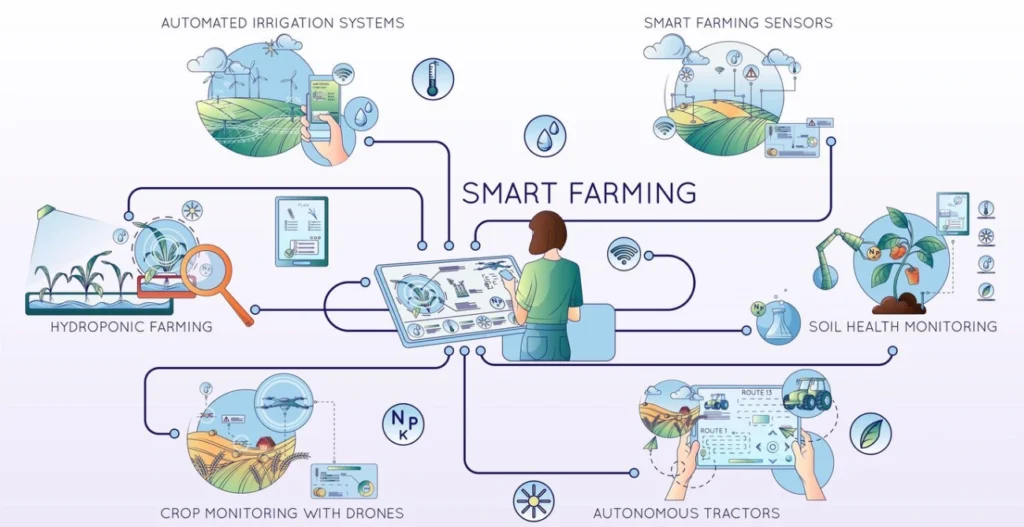
AI is being used in numerous innovative ways to allow farmers to make informed decisions and grow healthier crops:
- Weather Forecasting Tools – They allow farmers to schedule their activities with greater precision, safeguard their crops, and cut costs when situations change abruptly.
- Voice-based AI tools such as Dhenu 1.0 – This AI assistant speaks multiple Indian languages and gives advice to farmers in a way they can understand and use easily.
- Smart Sensors (such as those from IIT Ropar) – These sensors allow farmers to react quickly to changing conditions by monitoring the rainfall and temperature trends in real-time. Additionally, soil sensors can monitor soil moisture and temperature to help farmers manage irrigation and crop management in real-time.
- Digital Agri Networks – Google Cloud and the Open Network for Digital Commerce (ONDC) are collaborating in states such as Uttar Pradesh to link farmers with markets, equipment, and information. A large component of this is the Unified Krishi Interface (UKI); this acts as a digital connector of various farming services. It helps farmers access government schemes, loans, insurance, weather forecasts, market price information, etc. All in one easy location.
- Chatbots such as Kisan e-Mitra – These provide small farmers with helpful advice and reminders, allowing them to make better decisions at the right moment.
Innovation Hubs: Where AI Meets Agriculture
All over India, research centers and startups are working hard to introduce AI into agriculture:
- AgriHub at IIT Indore is creating AI software that helps in the early diagnosis of crop diseases and encourages more sustainable agriculture practices.
- AgriTech startups like DeHaat, Ninjacart, and AgriBazaar are using AI to connect farmers with buyers, offer farming advice, and simplify the supply chain.
The Yield Dilemma: Bridging the Tech Divide
While AI is promising, not all farmers are able to use it yet. The current usage of digital tools by smallholder farmers stands at a low percentage of 23%.
The implementation of AI systems must start with farmer considerations for successful adoption through easy-to-use displays combined with multilingual interfaces and artificial intelligence-based micro-insurance protection programs.
From Diagnosis to Decision: AI’s Breakthrough in Healthcare
Speed, Precision, and Scale: The Healthcare Trifecta
Healthcare is becoming faster, smarter, and more accurate thanks to Artificial Intelligence. AI is helping doctors diagnose illnesses more quickly, reduce mistakes, and choose better treatments for patients.
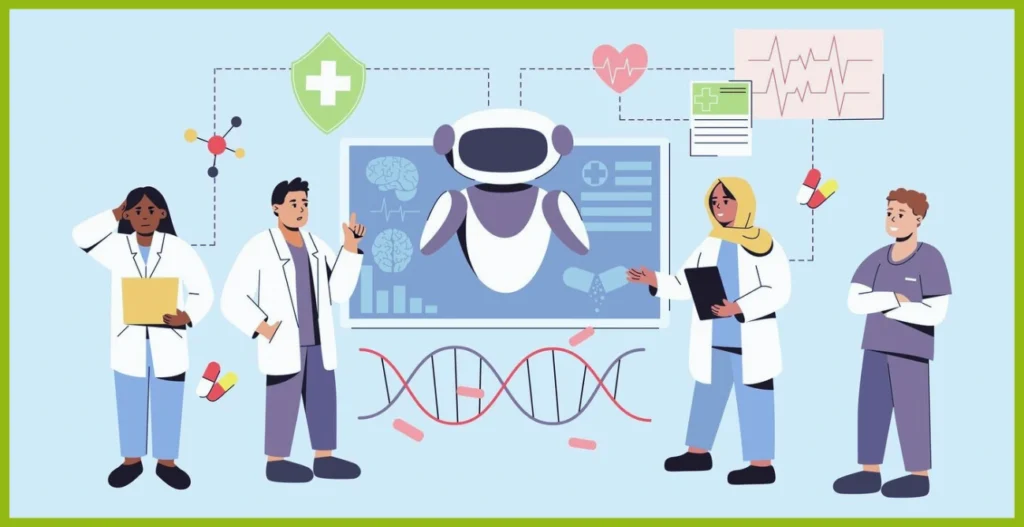
These are just a few of the ways AI is transforming the game already:
- Image recognition tools are applied in radiology to identify issues such as tumors or fractures in scans and X-rays.
- AI chatbots are helping patients to determine whether or not they require a visit to the doctor – time saved for patients and clinics alike.
- Predictive analytics looks at a person’s health data to catch risks early, sometimes before symptoms even show up.
Where AI Is Already Making a Difference?
AI is already proving itself in several medical fields:
- In dermatology, oncology (cancer), and pathology, AI technologies are helping in the early detection of diseases when they can be treated more easily.
- Robotic surgeries allow doctors to operate with more accuracy and control.
- Virtual nursing assistants and wearable devices are helping patients stay monitored at home, especially those with chronic conditions like diabetes or heart disease.
These technologies allow hospitals to operate more effectively and provide healthcare more conveniently, particularly in hectic or under-equipped locations.
Challenges: Ethical Frontiers and Data Privacy
Although AI has enormous advantages, it also presents challenges we must overcome:
- There is a danger of over-reliance on machines rather than medical judgment.
- Certain AI systems can be biased if they are trained on limited or incorrect data.
- Rural locations face ongoing problems with digital competence and internet connectivity, thus reducing the full scope of AI-based healthcare services.
Data privacy stands as the major concern because healthcare providers must ensure the complete protection of personal health information.
The purpose of AI technology is to assist healthcare professionals in their work since each second becomes crucial through enhanced medical support. Indeed, the human touch can’t be replaced, but AI can supercharge it.
Common Threads: What AI Brings to Farms and Clinics
While farming and healthcare seem very different, AI brings similar benefits to both:
- Data-Driven Decisions: AI uses vast amounts of data to guide smarter, faster decisions—whether it’s when to water crops or how to treat a patient.
- Localized Intelligence: Tools like voice-based assistants in local languages help real people in real communities – from farmers in rural villages to patients in rural clinics.
- Scalable Solutions: AI solves big challenges, such as low crop yields or long wait times at hospitals, by using systems that can grow and adapt to the need.
- Democratizing Access: When carefully designed, AI has the potential to extend benefits to those usually excluded, such as smallholder farmers, low-income patients, and rural communities.
The Road Ahead: Smarter Seeds and Safer Surgeries
What’s next? The future of AI in agriculture and healthcare is unfolding rapidly—and it’s only getting smarter.
In agriculture, AI will collaborate with drones, sensors, and even blockchain technology to build hyper-efficient farms where every seed, every drop of water, and every crop cycle is optimized for yield, transparency, and sustainability.
In healthcare, AI is paving the way for precision medicine—where treatments are tailored to a person’s genetic profile, medical history, and real-time health data. This means faster diagnosis, safer surgeries, and better outcomes.
At Dextralabs, we help forward-thinking organizations harness the full potential of this AI-driven revolution. Our AI consulting services are built to guide you from concept to execution—whether you’re modernizing rural farming operations or transforming patient care. Ready to take the leap? Let Dextralabs be your innovation partner.
Conclusion: When Algorithms Meet Aspirations
AI isn’t here to replace farmers or doctors, but it’s here to amplify their expertise and expand their reach. With the right support, these tools can help people do more with less in both fields and clinics.
As the saying goes,
“Agriculture is where data meets destiny. Healthcare is where data saves lives.“
The future is already here – it’s just unevenly implemented. Let’s code for change, not comfort.
If you’re ready to use AI to elevate your business, Dextra Labs is here to help. Let’s build what’s next together!

